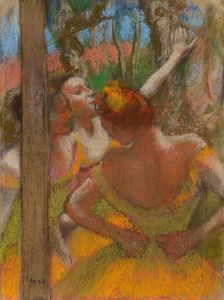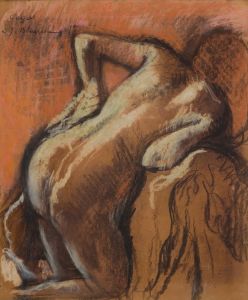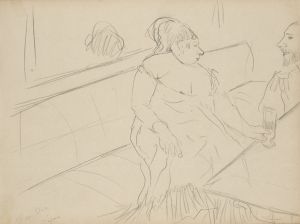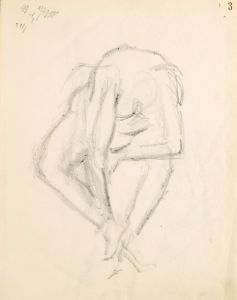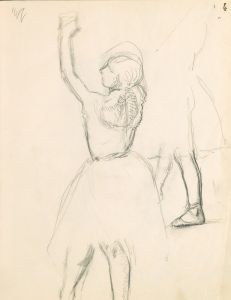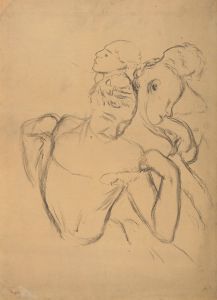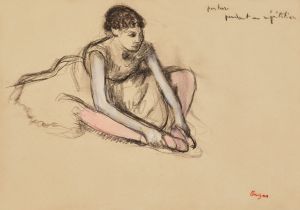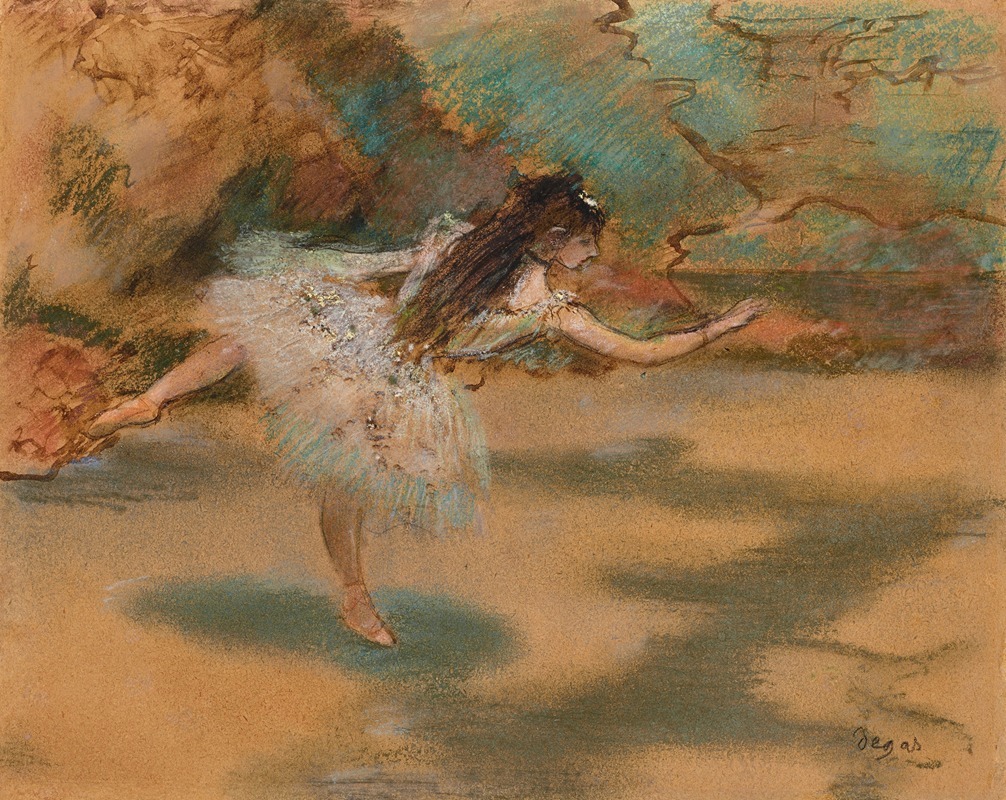
Danseuse sur une pointe
A hand-painted replica of Edgar Degas’s masterpiece Danseuse sur une pointe, meticulously crafted by professional artists to capture the true essence of the original. Each piece is created with museum-quality canvas and rare mineral pigments, carefully painted by experienced artists with delicate brushstrokes and rich, layered colors to perfectly recreate the texture of the original artwork. Unlike machine-printed reproductions, this hand-painted version brings the painting to life, infused with the artist’s emotions and skill in every stroke. Whether for personal collection or home decoration, it instantly elevates the artistic atmosphere of any space.
Edgar Degas, a prominent French artist associated with the Impressionist movement, is renowned for his depictions of dancers, capturing the grace and discipline of ballet with a unique blend of realism and impressionism. One of his notable works, "Danseuse sur une pointe" (Dancer on a Point), exemplifies his fascination with the world of ballet and his innovative approach to portraying movement and form.
Degas was born in Paris in 1834 and developed an early interest in art, studying at the École des Beaux-Arts and later traveling to Italy to study the works of the Renaissance masters. His exposure to classical art and his interest in contemporary life in Paris greatly influenced his artistic style. By the 1870s, Degas had become deeply interested in the subject of dance, a theme that would dominate much of his work.
"Danseuse sur une pointe" is a pastel drawing, a medium Degas favored for its ability to convey the delicate textures and vibrant colors of the ballet. Pastels allowed him to work quickly and capture the fleeting moments of movement and light that characterized his subjects. This particular work depicts a ballerina poised on the tip of her toe, a position that requires immense strength and balance, highlighting the physical demands of ballet.
Degas's approach to depicting dancers was both observational and innovative. He often attended rehearsals and performances at the Paris Opéra, sketching dancers in various poses and capturing the nuances of their movements. His works frequently portray dancers in candid, informal moments, offering a behind-the-scenes glimpse into the world of ballet. This perspective was relatively novel at the time, as most artists focused on more formal, staged representations.
In "Danseuse sur une pointe," Degas employs a composition that emphasizes the dancer's form and the elegance of her pose. The use of light and shadow, along with the subtle blending of colors, creates a sense of depth and movement. Degas's attention to detail is evident in the rendering of the dancer's costume and the delicate play of light on her skin, showcasing his skill in capturing the interplay between light, color, and form.
Degas's work with dancers, including "Danseuse sur une pointe," reflects his broader interest in the human figure and movement. His innovative compositions and use of unconventional perspectives influenced not only his contemporaries but also future generations of artists. Degas's ability to convey the beauty and discipline of ballet through his art has left a lasting legacy, making his works some of the most celebrated in the history of art.
While Degas is often associated with the Impressionist movement, he preferred to be considered a realist, focusing on the accurate depiction of his subjects rather than the effects of light and atmosphere that characterized much of Impressionist art. His works, including "Danseuse sur une pointe," continue to be admired for their technical mastery and insightful portrayal of the human experience.







